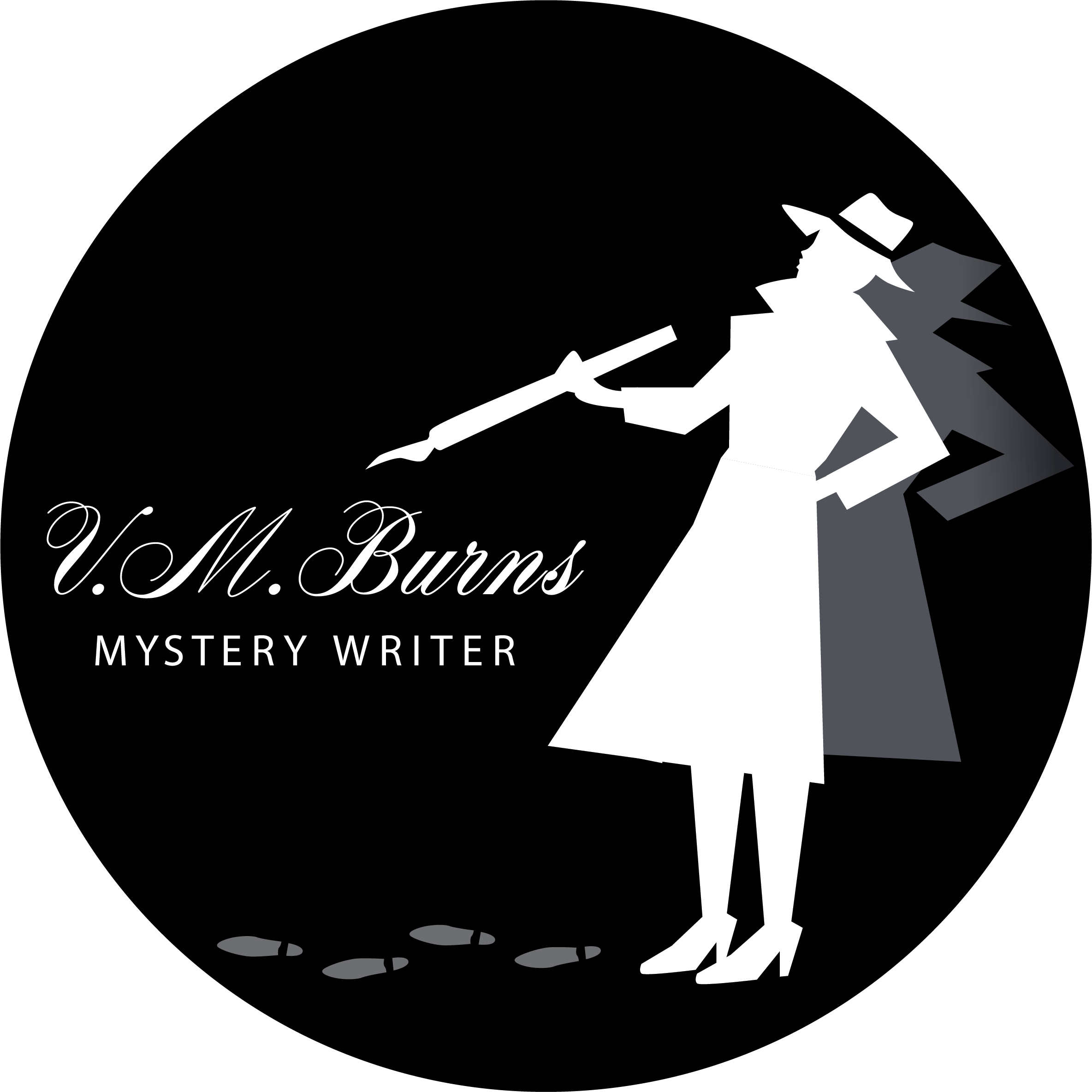In popular fiction most authors create a protagonist (hero or heroine) and an antagonist (villain). In mysteries the protagonist is the sleuth who will ultimately solve the crime. The word hero can bring up an image of a quasi-perfect being capable of amazing feats like identifying hundreds of types of cigarettes merely by analyzing ashes or recognizing a killer because he/she reminds you of someone from your past who behaved similarly to a person in a remote village like St. Mary Meade. Would readers be as enamored with Agatha Christie’s Hercule Poirot or Miss Marple today as they were fifty years ago? Or would the reader believe them too good to be believed? These ‘super sleuths’ are rare and twenty-first century readers are very discerning and expect a certain amount of realism. Twenty-first century heroes are policeman with drinking problems and broken marriages like Jesse Stone by Robert B. Parker; or heroines who are financially destitute bounty-hunters, who cannot fire a gun and get handcuffed naked to their shower rods, like Stephanie Plum by Janet Evanovich.
Multidimensional characterization is not limited to heroes. Good writers are able to create villains with depth. love cozy mysteries and tend to be a “purist” when it comes to the classics. Agatha Christie, Sir Arthur Conan Doyle and Rex Stout are mysteries that I read again and again. If it’s awesome, don’t mess with it. But, I really like the new BBC version of Sherlock with Benedict Cumberbatch as a modern Sherlock Holmes. In the original versions, the villains are bad. We want Moriarty to lose. He is evil and just as smart as Sherlock Holmes. Yet, the BBC version has managed to create a Moriarty that I kinda like. He’s cute, witty and manages to hold his own with Sherlock. He’s bad, but he isn’t evil. Here is a foe truly worthy of Holmes’ mental powers. Watching their interactions is like watching two equally matched prize fighters dance around the ring, sparring with each other. The outcome is anyone’s guess and you don’t want to miss a minute of the battle.
No one is devoid of all positive, redeeming attributes. Even villains don’t drown kittens anymore (well, not much). And few heroes are Mary Poppins (practically perfect in every way). Imperfections are the things that make fictional characters come to life. People are able to identify with characters that share their same concerns, fears, problems. Imperfections are what make us human. Creating fictional characters that are realistic and human requires creating imperfect heroes and villains who are multidimensional possessing both attributes and flaws.
